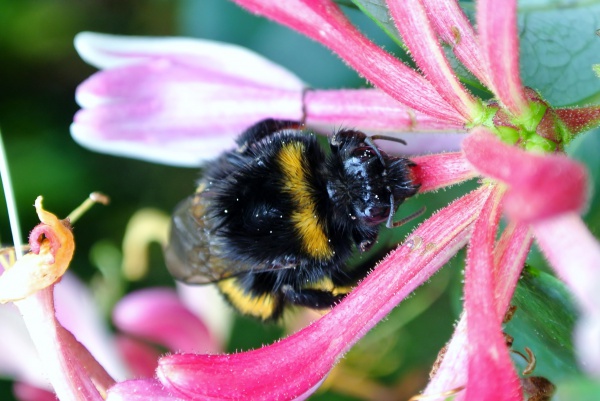Facts About Bumblebee
Bumblebees are fascinating social insects that predominantly thrive in higher altitudes or northern regions, although certain species can also be found in South America and even introduced to regions like New Zealand. Known for their fuzzy bodies and vibrant, warning colors, bumblebees play an indispensable role in pollinating crops.
Belonging to the genus Bombus, there are over 250 species of bumblebees. They live in colonies typically consisting of one queen and numerous worker bees. Interestingly, there are also cuckoo bumblebees, which are brood parasites that infiltrate other bumblebee nests to lay their eggs.
Bumblebees feed on nectar and pollen, using their long tongues to lap up nectar and collect food for their larvae. Their role in pollination is vital, yet unfortunately, bumblebee populations are in decline. This decline is primarily due to habitat loss, the expansion of large-scale farming, and the use of pesticides. To address this issue, various conservation efforts are in place worldwide to protect these crucial insects and their habitats.
Although bumblebees can sting, they differ from honeybees as their stingers lack barbs, allowing them to sting multiple times if threatened.
A common myth suggests that bumblebees shouldn't be able to fly due to their body structure. However, advanced aerodynamic studies have debunked this misconception. These insects have also made their mark in culture, appearing in music, literature, and even military insignia.
Given their essential role in ecosystems and agriculture, ongoing efforts are crucial to addressing the decline in bumblebee populations and ensuring their continued survival.

 Mozambique
Mozambique